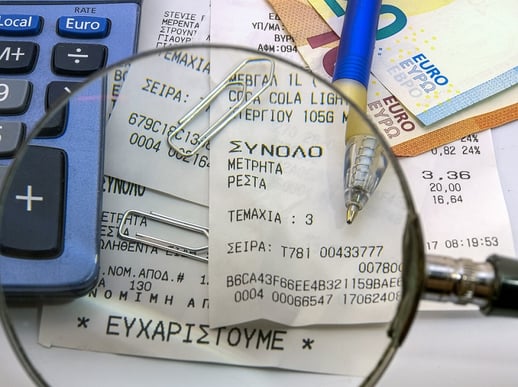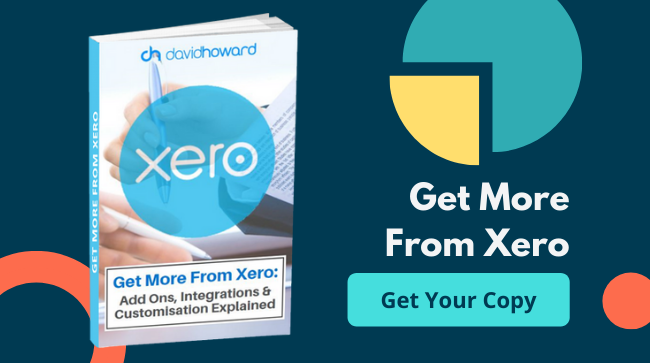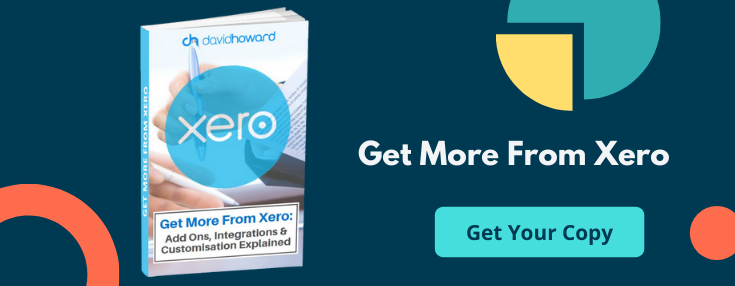Do Non-British UK Residents Have To Pay Stamp Duty?

Yes. All British residential purchase transactions are subject to one form of Stamp Duty, regardless of the nationality of the purchaser. Stamp Duty is an internationally-applicable, routine transaction tax payable on all buildings and land plots for construction sold in England and Northern Ireland after 22nd November 2017. Similar local schemes apply in Wales and Scotland. By UK law, you must file a standalone tax return to pay Stamp Duty to HMRC within 14 days of payment for a residential property.
What Is Stamp Duty?
Stamp Duty Land Tax (SDLT) is a tax levied by HMRC on any high-value land, or property purchase made outright (i.e. not a rental, limited leasehold, or short-term lease) in the United Kingdom.
SDLT taxation applies to any full sales of freehold, leasehold, or shared-purchase (or timeshare) of residential properties such as houses. Non-charitable inheritances, transfers, and some (non-familial) gifts and transfers of houses and flats also count as taxable. Most SDLT payments are made on primary residential homes changing hands.
It's important to factor Stamp Tax into your budget if you're looking to expand your property portfolio, move your permanent residence, or deal with property sales on behalf of a client.
How Does Stamp Tax Work?
Stamp Duty is a means-tested tax. This means that the amount of Stamp Duty levied from each purchase will vary based on who you are, what you're doing with the building, whether you've brought property before, how much the property is worth, and where you're based in the world.
The base value from which your payable tax is calculated is known as the consideration - an inventory of the total worth of the real estate you're buying. How much tax you'll pay depends on where the total consideration value falls in set bands.
How Much Will I Have To Pay?
The maximum you will be taxed on a house brought for personal reasons in 2020-2021 is 12% of the consideration. However, this rises by 3% if the buyer is a buy-to-let landlord, or buying on behalf of a registered UK company. The maximum a UK company will pay is 15%.
Stamp Duty only needs to be paid to HMRC once in a lump sum for each transaction. However, this needs to be done for every separate SDLT-taxed purchase made. You may need to pay HMRC Stamp Tax multiple times for one year.
You can visit GOV.UK for more information about Stamp Duty and use the Which? 2020 Stamp Tax Calculator to find out how much you may be liable to pay on a potential purchase. There are also considerable special exemptions. Buildings purchased for charitable reasons or the public good aren't taxed, as with first-time buyers of houses valued at under £500,000.00.
Are There Any Special Stamp Duty Requirements For Overseas Buyers?
Yes. The 2020 budget introduced a 2% SDLT surcharge for buyers and businesses that are NOT resident or registered in the UK. This measure is intended to fund more social housing and target property fraud. This means that the maximum rate an overseas buyer might be charged rises to 17% if they're acting on behalf of a corporation trading, holding, or renting UK residential properties.
Easy Digital Accounting From David Howard
Need to outsource your stamp tax management if you're dealing in property for yourself or on behalf of a client? David Howard can help.
Visit us online to find out more about our range of intelligent, cutting-edge remote tax and accounting solutions. Image source: Pixabay
Image source: Pixabay
Posts by Topic
- Accounting Services (58)
- Tax Services (57)
- Tax (50)
- Smart Accounting Services (34)
- Tax Return (29)
- Corporation Tax (26)
- COVID-19 (24)
- sme accounting (24)
- Clients (19)
- Switching Accountants (16)
- VAT (15)
- Making Tax Digital (13)
- News (13)
- Xero (13)
- Dividend Tax (12)
- bookkeeping (12)
- Cloud Software (9)
- Payroll (9)
- Capital Gains Tax (6)
- Inheritance Tax (3)
- Savings (3)
- Benefits In Kind (Employee Benefits) (2)
- Case Studies (2)
- Stamp Duty (2)
- Trust (2)
- Trust Account (2)
- GDPR (1)
- Insider (1)
- Lifetime ISA (1)
- Retirement Savings (1)
- Wear & Tear Allowance (1)
